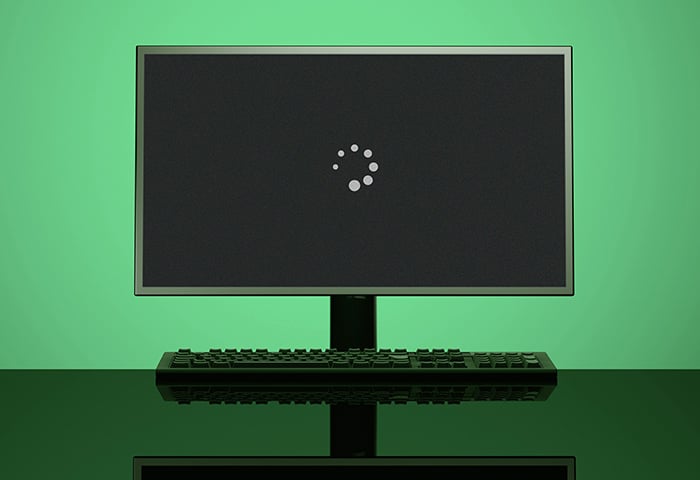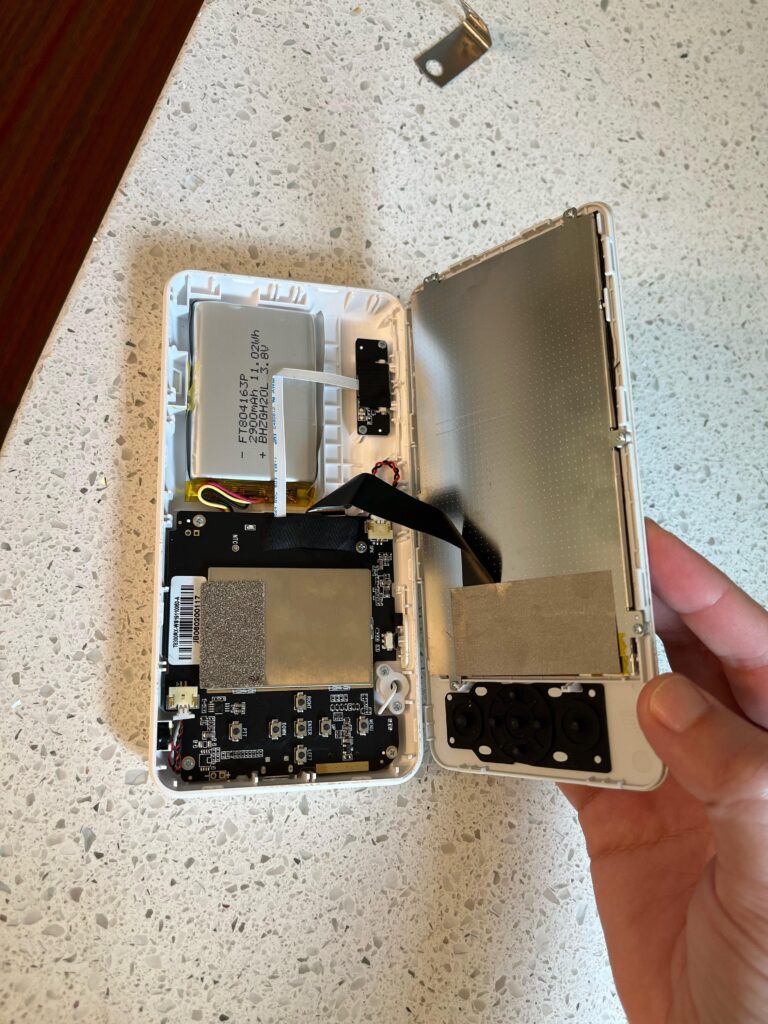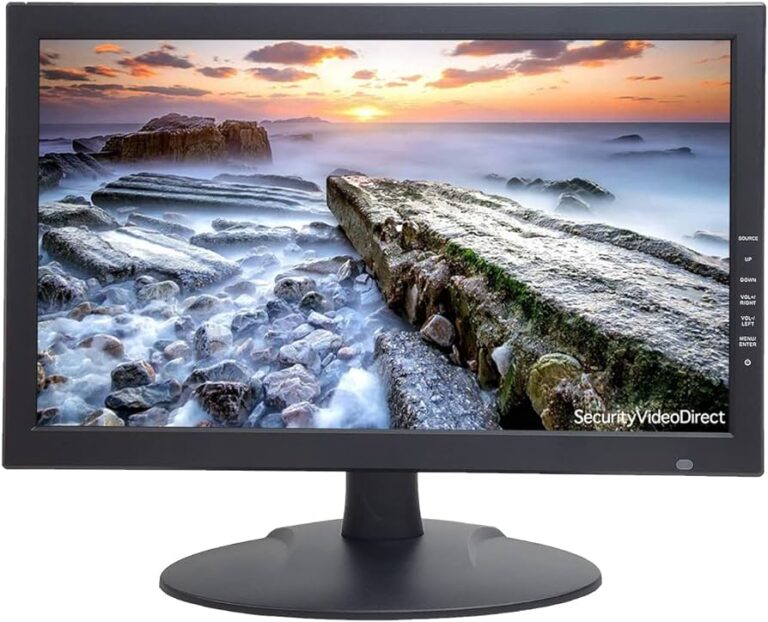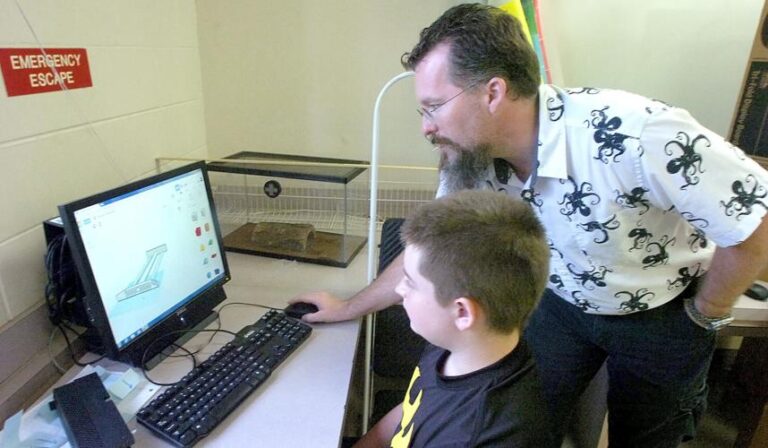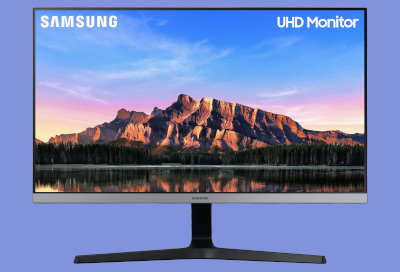Why is My Monitor Not Working After a Power Outage? Discover the Solution!
If your monitor is not working after a power outage, it could be due to drained capacitors in the monitor’s power supply unit. This can happen when the monitor is disconnected from the power source during the outage.
To fix this issue, you can try disconnecting the black power cable behind your computer, pressing down the power button for a few seconds to turn off the computer, and then reconnecting the power cable. If this doesn’t solve the problem, it may be necessary to contact warranty services for repair or replacement.
It is important to note that a power outage can potentially damage your monitor, so it is recommended to use surge protectors or uninterruptible power supplies to prevent such issues in the future.

Credit: www.betterup.com
Troubleshooting Post-power Outage Monitor Issues
Experiencing monitor issues after a power outage can be frustrating and worrisome. However, understanding the common reasons why monitors fail to turn on and evaluating the impact of power surges can help you troubleshoot the problem effectively.
Exploring Common Reasons Monitors Fail To Turn On
There are several common reasons why monitors may fail to turn on after a power outage. Let’s take a closer look at these potential issues:
- Power supply failure: When a power outage occurs, it can cause a sudden surge of electricity when the power is restored. This surge can potentially damage the power supply unit (PSU) of your monitor.
- Loose connections: After a power outage, it’s possible that the cables connecting your monitor to the computer or power source may have become loose or disconnected. Check all connections to ensure they are securely plugged in.
- Blown fuse or tripped circuit breaker: Power outages can sometimes cause fuses to blow or circuit breakers to trip. If your monitor is connected to a power strip or surge protector, make sure to check those devices as well.
- Monitor sleep mode: Sometimes, monitors may go into sleep mode after a power outage, especially if the power was interrupted abruptly. Pressing a key or moving the mouse might wake the monitor up.
- Monitor settings: It’s possible that the settings on your monitor may have been altered during the power outage. Check the brightness, contrast, and input source settings to ensure they are correctly configured.
Evaluating The Impact Of Power Surges
Power surges or electrical fluctuations during a power outage can have a significant impact on electronic devices like monitors. These surges can potentially damage sensitive components of the monitor, such as the capacitors or the video card.
To evaluate the impact of power surges on your monitor, consider the following:
- Inspect for physical damage: Examine your monitor closely for any visible signs of physical damage, such as burn marks or blown capacitors. These can indicate that a power surge has occurred.
- Test with different power source: Try connecting your monitor to a different power outlet or using a different power cable to rule out issues with the power source.
- Check other devices: If you experienced a power surge, check if other electronic devices connected to the same power source are also affected. This can help determine the extent of the damage caused by the surge.
- Consider surge protectors: Investing in surge protectors can help safeguard your monitor and other electronic devices from power surges. Surge protectors help divert excess electrical voltage away from your devices, minimizing the risk of damage.
By exploring common reasons for monitor failure and evaluating the impact of power surges, you can effectively troubleshoot post-power outage issues with your monitor. Remember to double-check all connections, inspect for physical damage, and consider the use of surge protectors to prevent future damage.
Identifying The Problem
System is not functioning properly, it may cause the monitor to overheat and not turn on. It is recommended to check the fan and power supply for any damage and consider replacing them if necessary.
Checking The Power Supply And Connections
One of the first steps in identifying why your monitor is not working after a power outage is to check the power supply and connections. Start by ensuring that the monitor is switched on and securely plugged into the mains. Sometimes, a loose power connection or a power cable that is not properly inserted can cause the monitor to not turn on properly. Make sure that the power cable is firmly connected to both the monitor and the power source.
In addition to checking the power connections, it is also important to inspect the other cables connecting the monitor to the computer. Verify that the video cable, whether it be HDMI, DisplayPort, or VGA, is securely connected at both ends. A loose or faulty video cable can result in a lack of display on the monitor.
If you have confirmed that all the power and video cables are properly connected, it is worth trying a different power outlet or power cable to rule out any issues with the electricity supply. Sometimes, a power outlet may not be functioning properly or the power cable itself may be faulty.
Assessing The Monitor’s Internal Components
If checking the power supply and connections did not resolve the issue, the next step is to assess the monitor’s internal components. Power outages can sometimes cause damage to the internal components of the monitor, such as the power supply unit or the capacitors.
To assess if there are any internal issues, start by performing a visual inspection of the monitor. Look for any signs of physical damage, such as burnt or swollen capacitors, loose connections, or blown fuses. If you notice any visible damage, it is likely that the monitor will need professional repairs or replacement.
If there are no visible signs of damage, you can try resetting the monitor’s settings to their default values. Most monitors have an on-screen menu accessible through buttons on the front or side panel. Navigate to the settings menu and look for an option to restore factory defaults. This can sometimes resolve issues caused by power outages.
If resetting the settings did not resolve the problem, it is recommended to contact the manufacturer’s support or consult a professional technician. They will be able to provide further troubleshooting steps or advise if the monitor needs to be repaired or replaced.
Common Causes For Monitor Failure
After a power outage, your monitor may not be working due to a drained PSU capacitor or a damaged fan or power supply. Check if the monitor is switched on and plugged into the mains, and consider checking for any hidden damage caused by a voltage spike.
Power outages can be frustrating, especially when your monitor refuses to turn on afterward. There are several common causes for monitor failure after a power outage that you should be aware of. Understanding these causes can help you troubleshoot the issue and get your monitor up and running again quickly.Understanding Power Surges And Spikes
One common cause of monitor failure after a power outage is a power surge or spike. Power surges occur when there is a sudden increase in electrical voltage, while power spikes are short bursts of intense voltage. These fluctuations can cause damage to the delicate components of your monitor, such as the power supply unit (PSU).Recognizing Monitor’s Power Supply Unit Issues
The power supply unit (PSU) is responsible for supplying power to your monitor. If it becomes faulty or damaged during a power outage, your monitor may not turn on. Look for signs of physical damage, such as burnt components or bulging capacitors, on the PSU. If you suspect an issue with the PSU, it may need to be replaced by a professional technician.Investigating The Graphics Card And Its Role
Another common cause of monitor failure is a damaged graphics card. The graphics card is responsible for rendering images and sending them to your monitor. If the graphics card is not functioning correctly, your monitor may not display any images or show a “no signal” message. You can start by checking the connections between the graphics card and the monitor to ensure they are secure. If the issue persists, you may need to replace or repair the graphics card. It’s important to note that not all monitor failures are directly caused by power outages. Other factors such as faulty cables, loose connections, or software issues can also contribute to monitor problems. Troubleshooting these common causes can help you identify the underlying problem and find a suitable solution.Monitor Not Working Post-outage
Monitor Not Working Post-Outage: Discover the reasons why your monitor is not functioning after a power outage, including potential damage to the power supply or fan. Learn how to troubleshoot and solve this issue to restore your monitor’s functionality.
Step-by-step Troubleshooting Guide:
If you’re experiencing issues with your monitor after a power outage, don’t panic. Follow these simple steps to troubleshoot the problem:Step 1: Check the power connection
First and foremost, ensure that your monitor is switched on and properly connected to the mains. Sometimes, the power cable may have become loose during the outage. Disconnect and reconnect the cable to make sure it’s securely attached.Step 2: Inspect the monitor for any physical damage
After a power outage, there’s a possibility that the monitor may have suffered physical damage. Examine the monitor closely for any visible signs of damage such as cracks, burns, or loose connections. If you notice any issues, it may be necessary to seek professional repairs.Step 3: Try a different power source
Sometimes, the power source may be the culprit. Plug your monitor into a different power outlet to determine if the problem lies with the outlet itself. If the monitor starts working when connected to a different power source, you’ll know where the issue lies.Step 4: Check the video connections
Next, inspect the video cables connecting your monitor to your computer. Ensure that the cables are securely attached at both ends and there are no visible signs of damage. If you have multiple video ports on your computer, try connecting the monitor to a different port to eliminate the possibility of a faulty port.Step 5: Test the monitor on a different computer
To further narrow down the issue, connect your monitor to a different computer, if possible. If the monitor works fine on a different system, it suggests that the problem lies with your computer’s hardware or software configuration.When to seek professional repairs:
While the above troubleshooting steps should resolve most monitor issues post-outage, there are instances where professional repairs may be necessary. Consider seeking professional help in the following situations:1. Persistent black screen:
If your monitor consistently shows a black screen even after going through the troubleshooting steps, it’s advisable to consult a professional technician. This could indicate a more severe hardware issue that requires expert attention.2. Physical damage:
If you notice any physical damage to your monitor, such as cracks, burns, or obvious internal issues, it’s best to leave the repairs to a professional. Attempting to fix a damaged monitor on your own may lead to further damage or even personal injury.3. Warranty concerns:
If your monitor is still under warranty, it’s recommended to consult the manufacturer or authorized service center for repairs. Attempting self-repairs or seeking help from non-certified professionals may void your warranty. Remember, troubleshooting your monitor after a power outage can be a simple process. By following these steps and knowing when to seek professional assistance, you can get your monitor up and running again in no time.The Solution: Restoring Monitor Functionality
After a power outage, it is common for monitors to not work due to drained capacitors or damaged hardware. To restore monitor functionality, try checking if it is switched on and plugged into the mains, as well as inspecting the fan and power supply for any potential damage.
Resetting And Power Cycling The Monitor
One of the first things you can try to restore functionality to your monitor is to reset and power cycle it. This process can often resolve minor technical glitches that may have occurred during the power outage. Here’s how you can do it:
- 1. Turn off your computer and disconnect the black power cable.
- 2. Press and hold down the power button on your computer for a few seconds to discharge any remaining power.
- 3. Reconnect the black power cable.
- 4. Turn on your computer and check if the monitor displays any signal.
Detailed Instructions For Common Fixes
If resetting and power cycling the monitor didn’t solve the issue, don’t worry. There are a few more troubleshooting steps you can try. Follow these detailed instructions for common fixes:
1. Check the Power Source
Ensure that the monitor is plugged into a working power outlet. You can try plugging the monitor into a different outlet or use a different power cable to eliminate the possibility of a faulty power source.
2. Inspect the Cables
Check all the cables connecting your monitor to the computer. Make sure they are securely plugged in and not visibly damaged. You can try reconnecting the cables or even using a different cable to see if that resolves the issue.
3. Test the Monitor on Another System
If possible, connect the monitor to another computer or laptop to determine if the issue lies with the monitor or the computer. If the monitor works fine on another system, the problem may be with your computer’s graphics card or settings.
4. Update Graphics Drivers
Outdated or corrupted graphics drivers can sometimes cause issues with the monitor. Visit the manufacturer’s website or use a reliable driver update tool to check for the latest graphics drivers and install them if necessary.
5. Consult a Professional
If you have exhausted all the troubleshooting steps and your monitor still doesn’t work, it might be time to seek professional help. Contact the manufacturer’s support or consult a qualified technician who can diagnose and repair the issue.
Frequently Asked Questions Of Why Is My Monitor Not Working After A Power Outage
Can A Power Outage Damage Your Monitor?
A power outage can potentially damage your monitor if there was a voltage spike or if the fan or power supply gets affected. It is best to unplug your computer completely during a power outage to prevent any damage.
Why Wont My Monitor Turn On After Power Outage?
If your monitor won’t turn on after a power outage, it may be due to a damaged fan or power supply. Check if the cooling fan is running. If not, contact warranty services for repair options. Unplug your computer during power outages to prevent potential damage.
Why Is My Monitor Getting Power But No Display?
When your monitor is getting power but no display, it could be due to drained capacitors or a damaged fan or power supply. Check if the monitor is switched on and plugged in, and contact warranty services for repair if needed.
Unplugging your computer during a power outage is recommended to prevent any potential damage.
How Do I Fix An Unresponsive Monitor?
If your monitor is unresponsive after a power outage, try the following steps: 1. Disconnect the power cable from your computer and press the power button to turn it off. 2. Reconnect the power cable and turn on your computer again.
3. If the issue persists, check if the monitor is switched on and properly connected to the power source. 4. If none of these solutions work, contact the warranty services for possible repair options.
Conclusion
If your monitor is not working after a power outage, there could be several reasons for this issue. It could be due to drained capacitors, damaged power supply or fan, or even a surge in the power that damaged the monitor or video card.
To troubleshoot the problem, make sure the monitor is switched on and plugged into the mains. If the issue persists, it is recommended to contact warranty services for possible repair options. It’s important to unplug your computer during power outages to prevent any potential damage.
